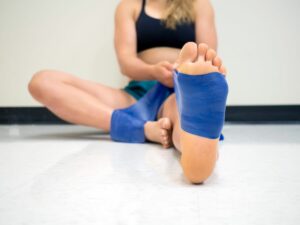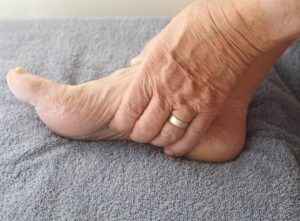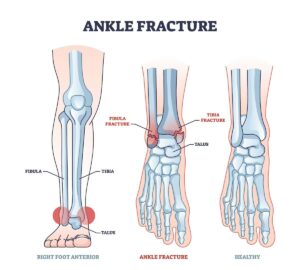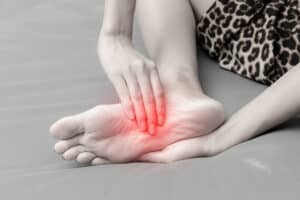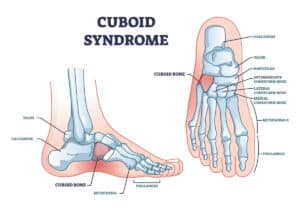Free download: Top 10 Natural & Easy Remedies for Joint Pain from Home. Learn these helpful remedies.
Estimated Reading Time: 6 minutes read
When thinking about foot health, many conditions come to mind. Especially for those who spend a lot of time on their feet, occasional aches aren’t uncommon. However, persistent pain, particularly in the ball of the foot beneath the big toe, can indicate a more specific issue – sesamoiditis.
While our body has numerous bones, sesamoids are unique. Unlike most bones that link up with their neighboring ones, sesamoids are nestled within tendons or sometimes even encapsulated by muscles. These special bones can be found in several places, such as our hands and knees.
But sesamoiditis usually pinpoints the inflammation in the tendons around the sesamoids beneath our big toe. Sesamoiditis is a type of tendon inflammation that primarily affects these tiny bones, making daily activities like walking challenging.
Table of Contents
How and Why Does Sesamoiditis Happen?
Our feet do a lot for us every day. But sometimes, doing certain activities too often can hurt the tendons in our feet, leading to sesamoiditis. Just think of a rubber band that’s been stretched too much – it can get weak or even snap. Similarly, when we overuse the tendons in our feet, especially near the big toe, they can get sore. This soreness or pain that grows slowly over time is sesamoiditis.
Who gets it the most?
Dancers, runners, and athletes are the usual folks. That’s because their activities involve a lot of footwork, like jumping or quick turns, which puts extra stress on the ball of the foot. Wearing shoes that don’t support the foot well, like high heels, can also be problematic.
And, just like some shoes fit differently, some people’s feet are naturally shaped in a way that makes them more likely to get this pain. So, it’s a mix of what we do and how our feet are that decides if we get sesamoiditis.
Stretches and Exercises for Sesamoiditis Pain
Doing the right exercises can really help your foot feel better. They make the muscles in your foot and ankle stronger. And if those muscles are strong, they can help protect those tiny sesamoid bones. Also, stretching can make the area more flexible and less painful.
A. Stretches:
1. Plantar Fascia Stretch
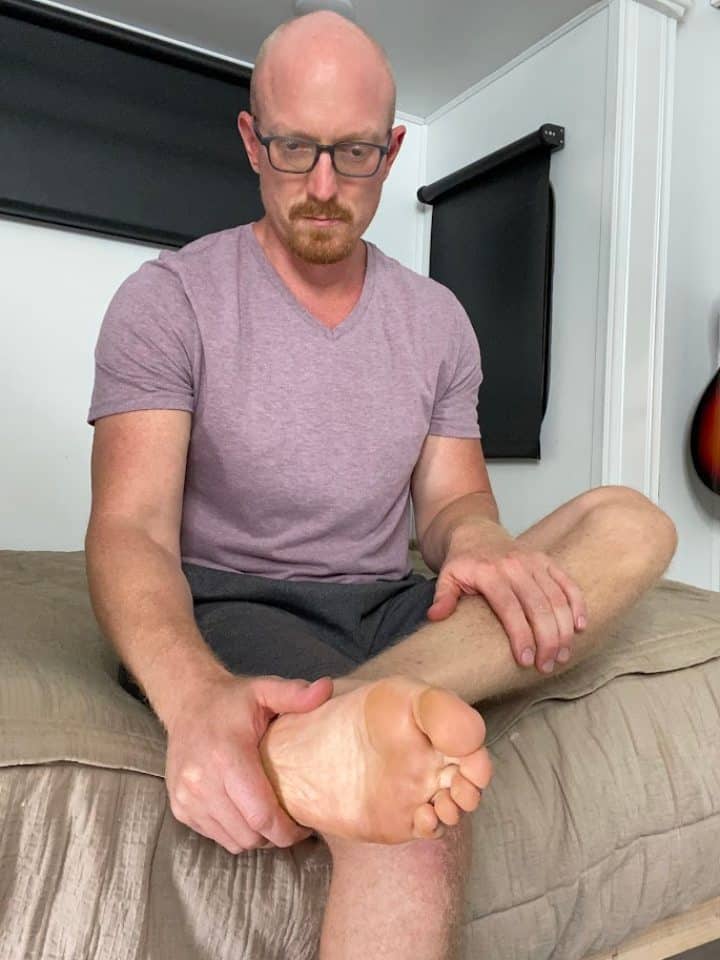
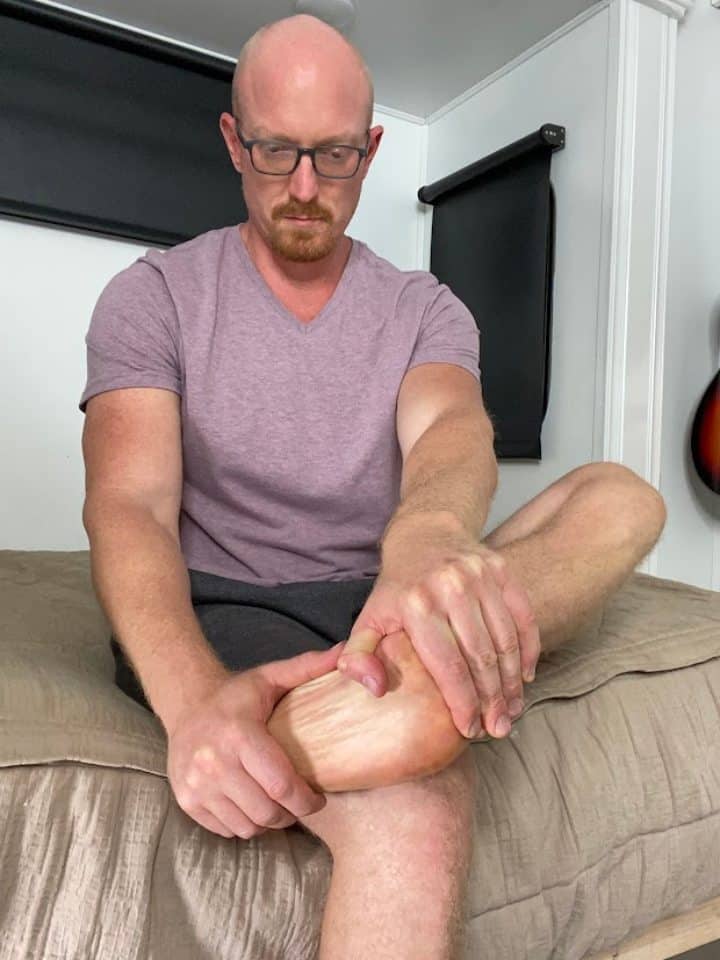
- Starting position: Sitting in a chair with the leg to be stretched either in front of you on the floor or crossed over the opposite leg (like a Figure 4).
- Place one or both hands on the plantar surface of the foot, over the ball of foot and toes, and give a gentle pull back until you feel a stretch.
- Hold for at least 30 seconds and complete 3 sets.
- Repeat on the other leg.
2. Calf Stretch
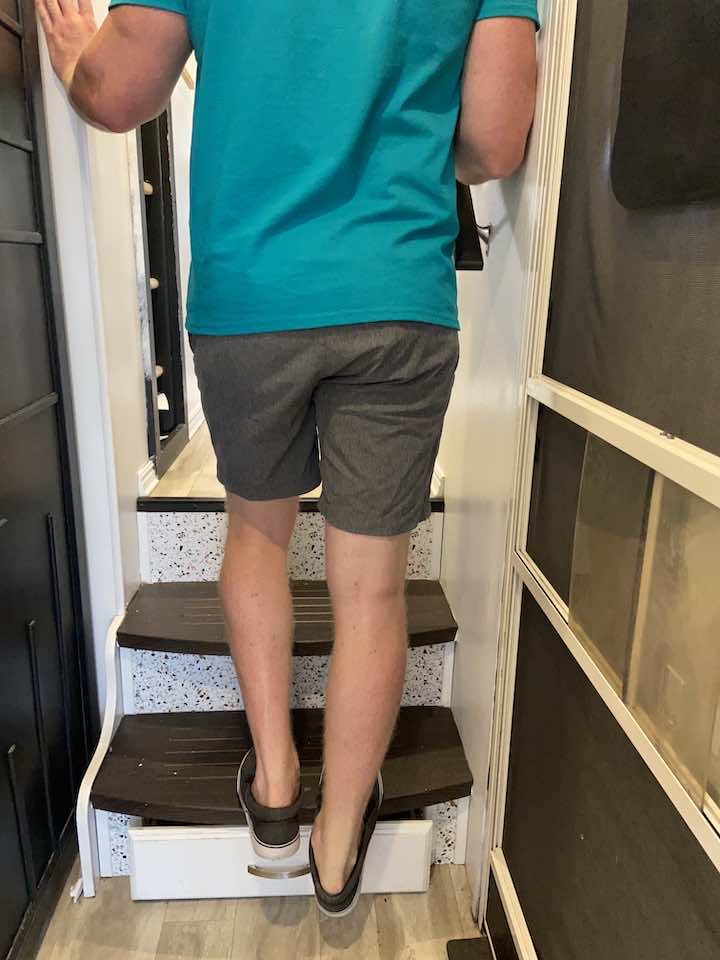
- While holding onto the railing of a staircase, step both feet up.
- Slightly stagger your feet so that the injured heel is hanging off the step.
- Your front leg should bend slightly, while the back (injured) leg’s knee will be straight.
- Hold this stretch for 30 seconds before relaxing.
- Repeat the stretch two more times for a total of three sets.
3. Plantar Fasciitis Golf Ball Rollout
- Sit comfortably in a chair and place a golf ball under the foot experiencing pain.
- Roll the golf ball under your foot, searching for areas of tenderness and providing a massage to the tight plantar fascia tissue.
- Perform 10 rolling repetitions in each set.
- Complete a total of 3 sets of this exercise.
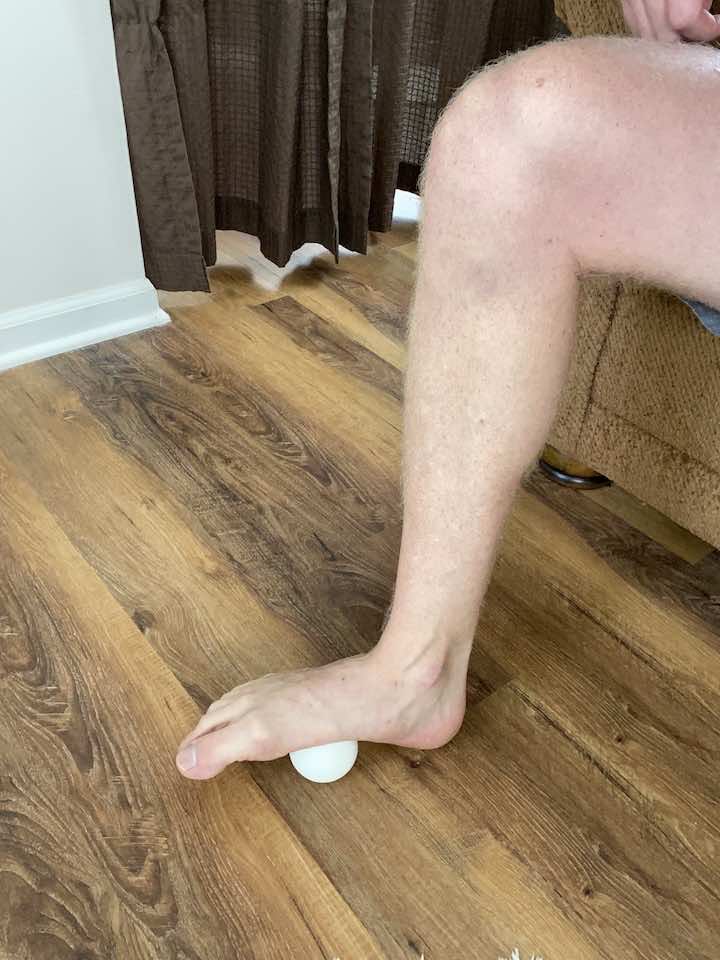
B. Strengthening Exercises
1. Marble Pick-Ups
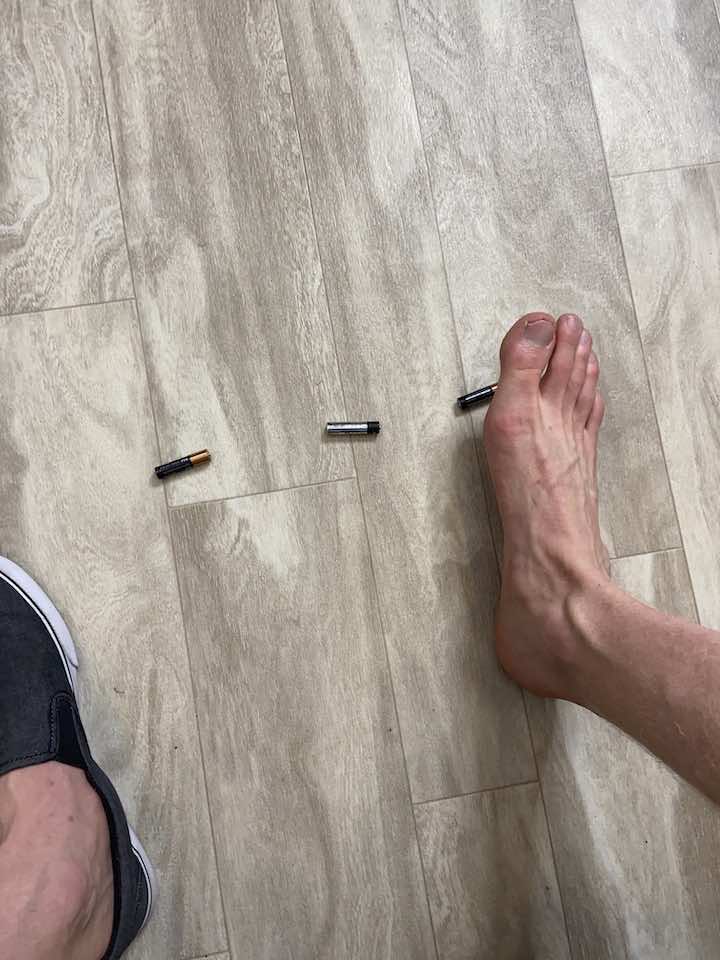
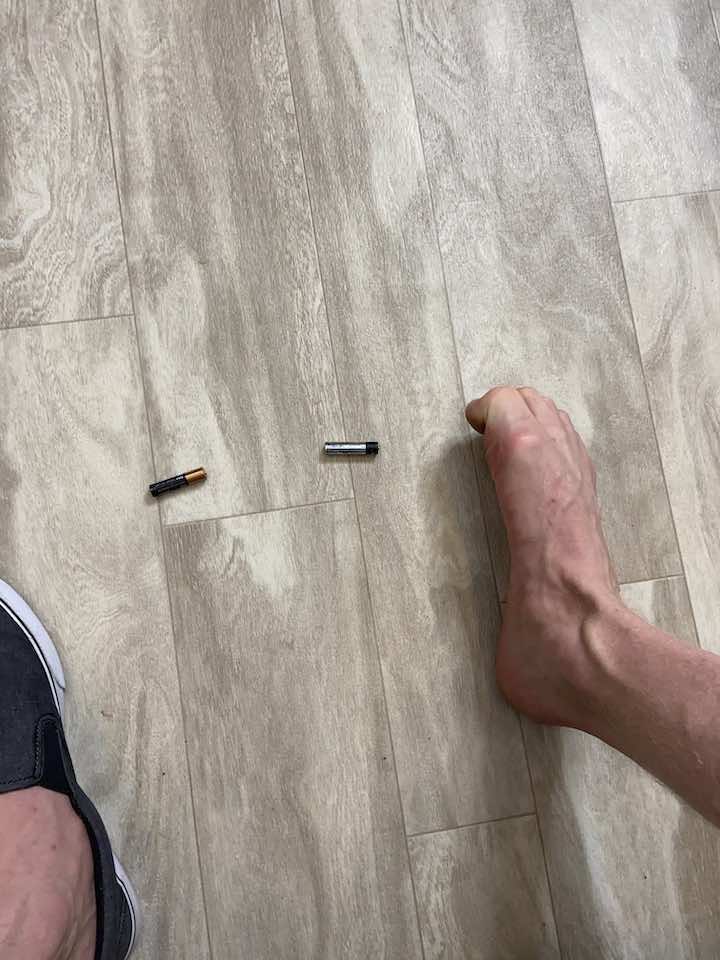
- Get 10-20 marbles and place them on the floor with a cup next to your pile of marbles.
- Stand up and hold onto a steady surface like a counter to help with balance.
- Then in standing, grab a marble with your toes and lift it into the cup. Picking up marbles can be challenging, but the great thing is that even just trying to pick up the marble will strengthen your foot!
2. Arch Doming
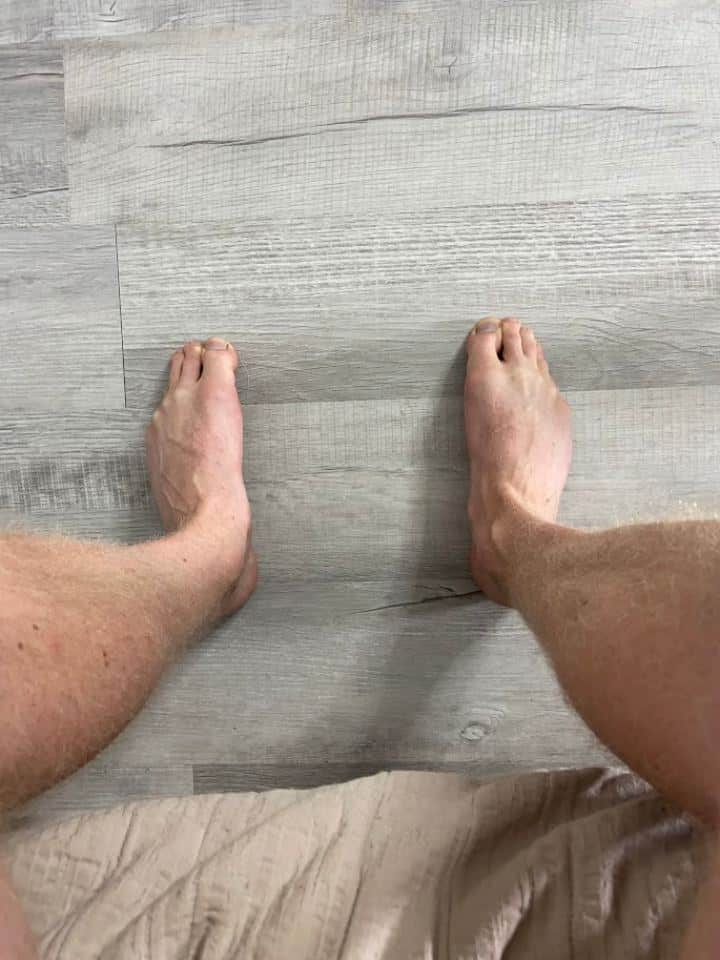
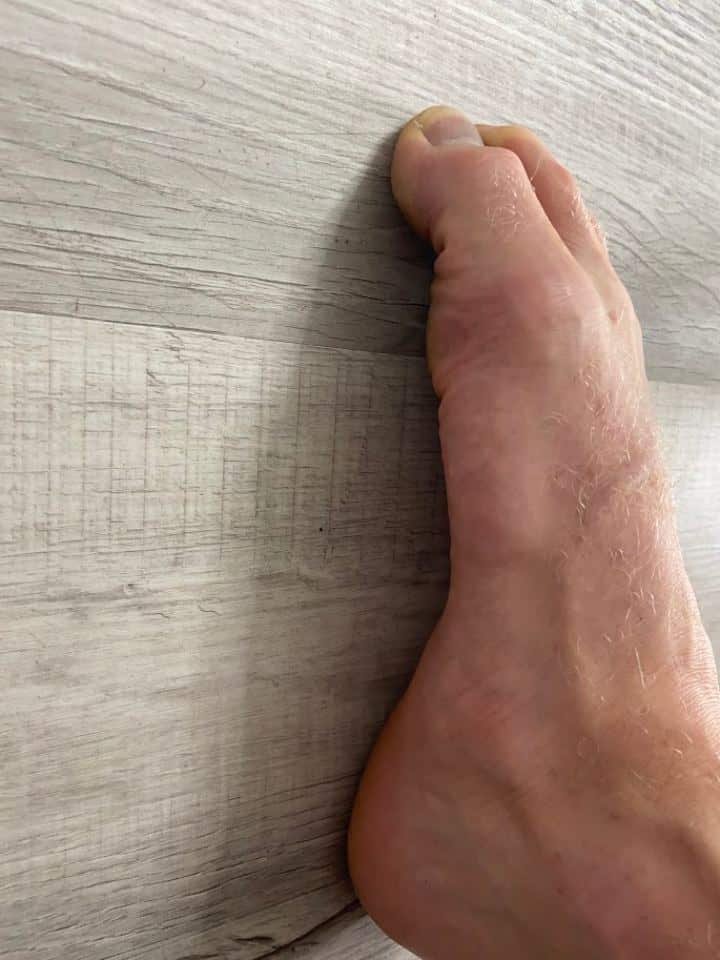
- Starting position: Seated in a chair with the fleet flat on the floor. Shoes should be removed.
- You can practice with both feet at the same time or one foot at a time.
- Squeeze the bottom of the foot and lift the inner arch off the floor, without moving any other part of the foot.
- Hold this lift for 2 seconds, then slowly allow the arches to relax back down to the floor.
- Repeat 10 repetitions for 3 sets.
3. Ankle Eversion with Resistance Band
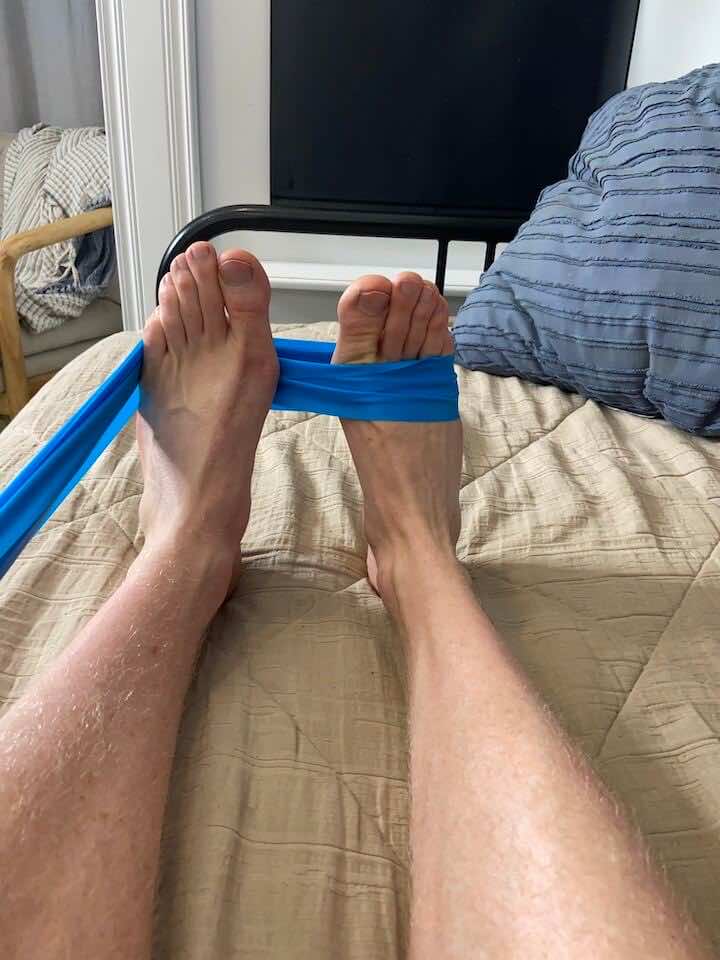
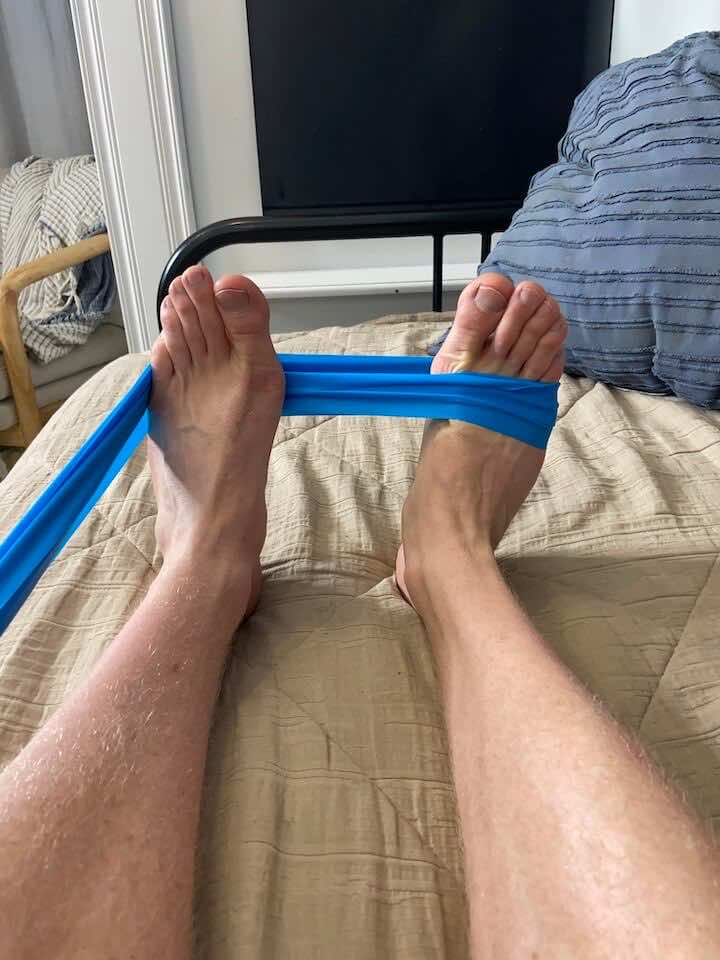
- Lay down on your bed with your ankle off the end.
- Loop the band around your right foot and around your left, as seen in the graphic. We’re going to use your left foot as an anchor for your right foot as your exercise.
- Bring your right foot out like you’re angling your ankle away from your left foot, squeeze in, then relax.
- Do this for 10 repetitions and complete 3 sets in total.
Tip: Work on just moving your ankle and not your entire leg when performing this exercise! See if your knee rolls out at all; try to keep it still.
4. Ankle Inversion with Resistance Band
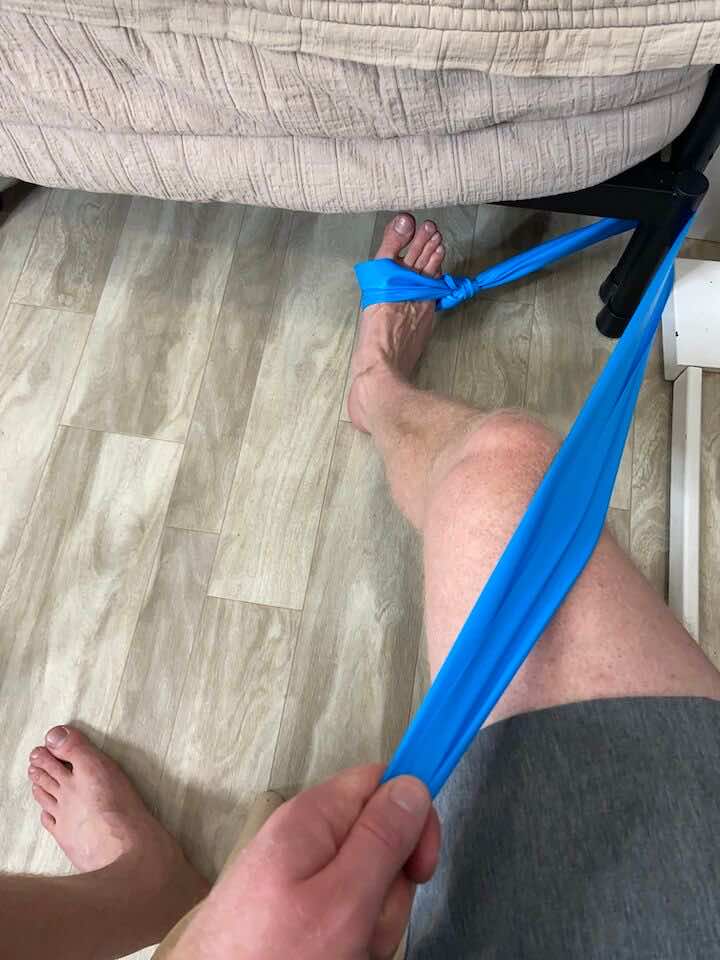
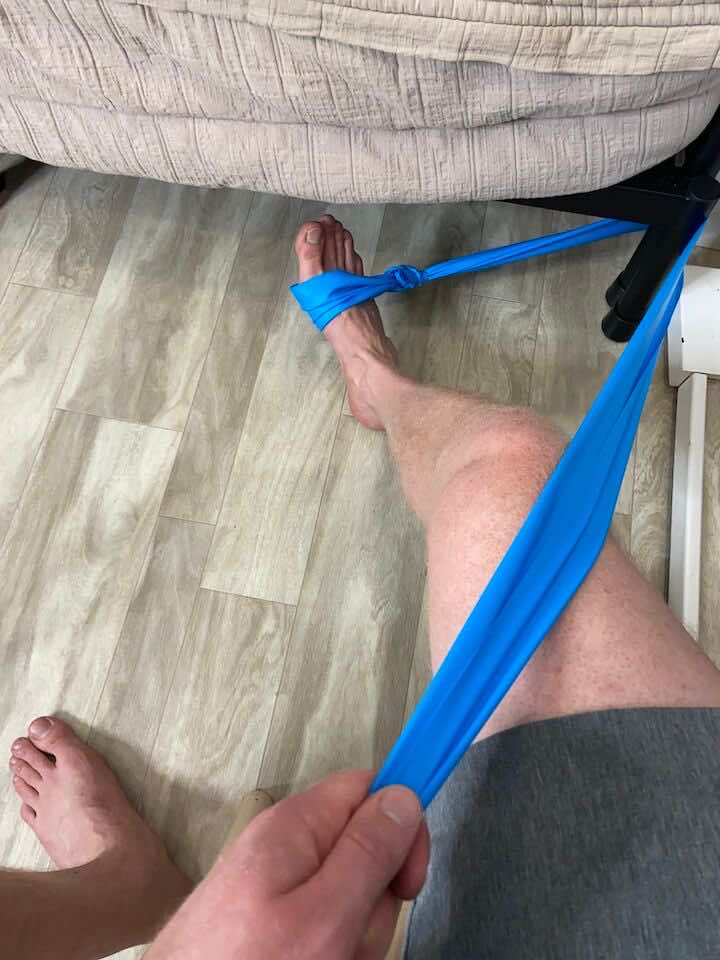
- Sit near a heavy table or sturdy chair that won’t move easily.
- Bring your foot in like you’re angling your ankle toward your other foot, squeeze in, then relax. Loop the resistance band over your foot and around the table or chair leg, as shown in the graphic above.
- Repeat this movement for 10 reps, and do a total of 3 sets.
Tip: Work on just moving your ankle and not your entire leg when performing this exercise! See if your knee rolls out at all, try to keep it still.
5. Ankle Dorsiflexion with Resistance Band
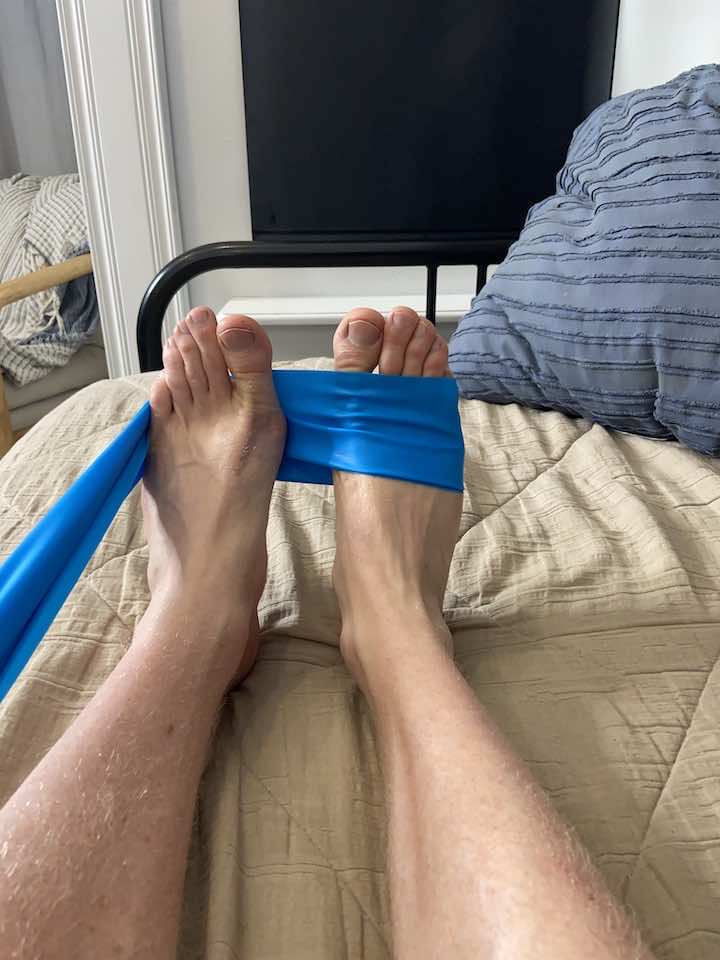
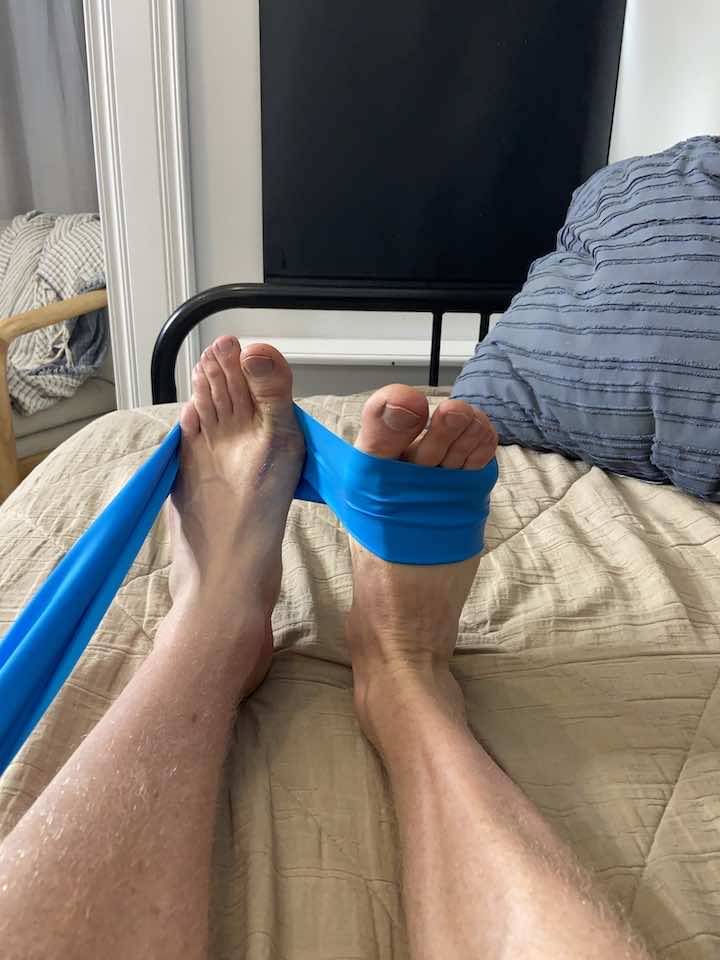
- Lay down on your bed with your ankle off the end.
- Loop the band around your right foot and loop the band around your left foot.
- Point your left foot and hold that position.
- Draw your right foot up like you’re trying to bring your toes to your nose, then relax. Finish the set, then repeat with your left foot.
- Repeat 10 repetitions for 3 sets.
6. Ankle Plantar Flexion with a Resistance Band
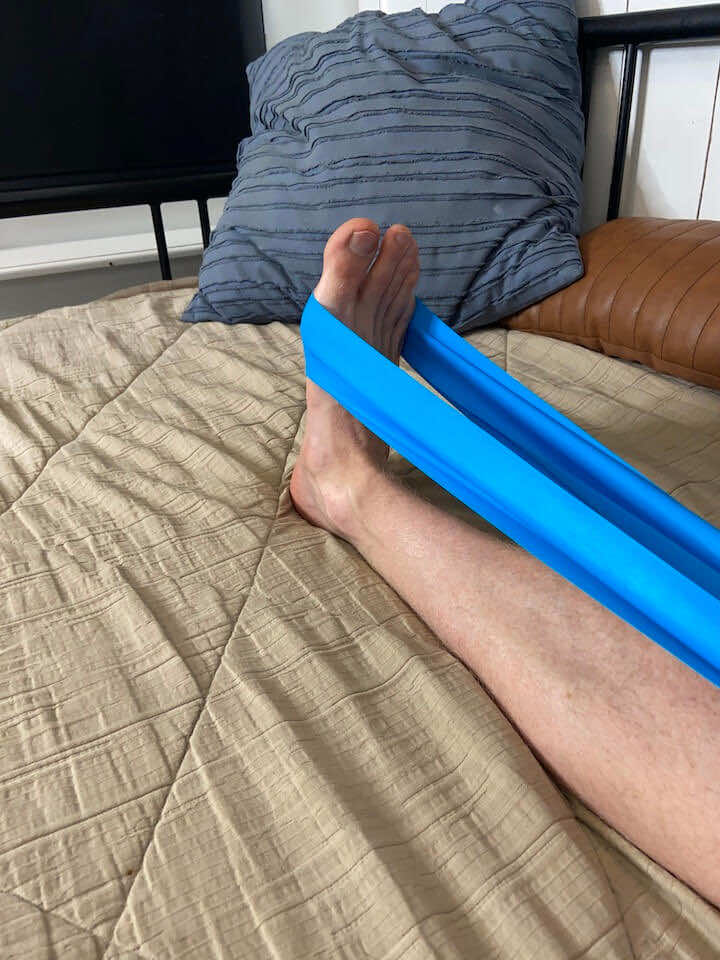
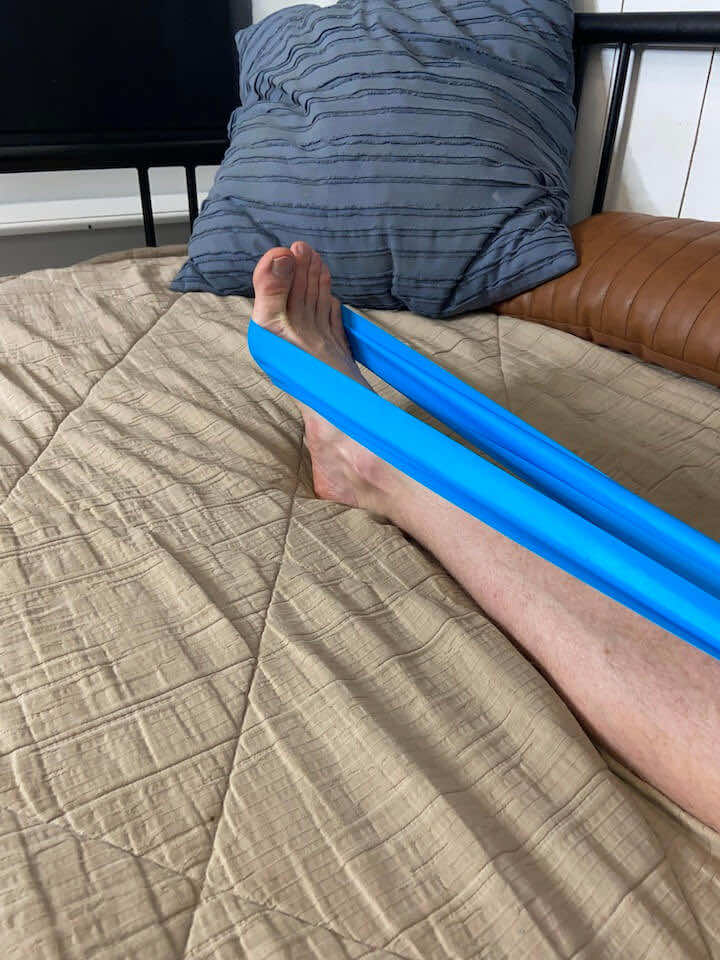
- Lay down on your bed with your ankle off the end.
- Loop the band around your right foot and hold onto the other end of the band with your hands.
- Point your toes and squeeze the back of your calf muscles, then relax. Finish the set, then repeat with your left foot.
- Repeat 10 repetitions for 3 sets.
In The End…
Having pain under your big toe can be a real bother, especially when walking or running. But there’s good news! You can help your foot heal and return to doing what you love with the proper care and exercises.
Always remember, if your pain doesn’t go away or if it gets worse, it’s essential to see a doctor or foot expert. They can give you more tips and make sure everything is right. Stay patient and keep looking after your feet. They carry you everywhere, after all!







